National Zoological Garden welcomes new blacktip reef sharks and vibrant marine fish
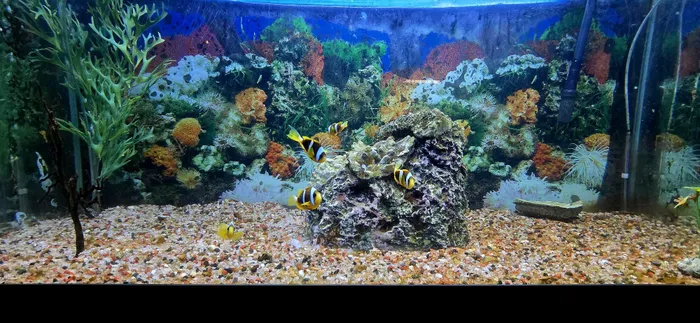
The National Zoological Garden has added 220 marine fish species like powder blue tangs, skunk-striped anemonefish, stars and stripes pufferfish, and green bird wrasse.
Image: National Zoological Garden
The National Zoological Garden (NZG) in Pretoria is now the new home of three blacktip reef sharks (Carcharhinus melanopterus) and 220 colourful marine fish.
The new editions are part of the garden’s ongoing mission to connect people with biodiversity and highlight the importance of marine conservation through education and immersive experiences.
“The arrival of these animals not only adds to the beauty and diversity of our exhibits but also helps us tell a bigger story about ocean ecosystems and the threats they face,” said NZG animal collections director, Tracy Rehse.
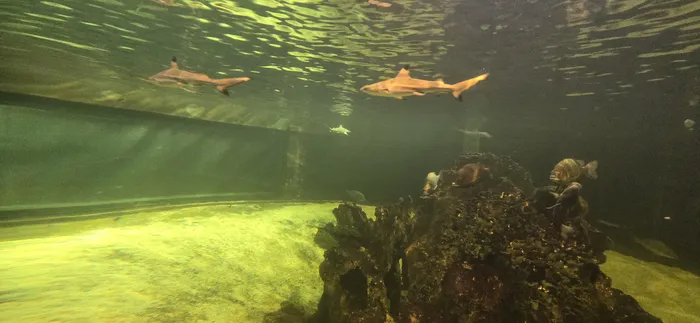
The National Zoological Garden has added three blacktip reef sharks to its collection.
Image: National Zoological Garden
Rehse said the NZG recently completed renovating their marine displays, including fixing leaking and broken glass fronts, renovating filtration systems and replacing the pumps.
“During the renovation period, our acquisitions of new fish were put on hold. Now that the repairs are complete, our tanks have been revived through the additional fish received,” Rehse said.
The marine animals arrived on March 27 at OR Tambo International Airport from Kenya following a 10-hour flight and were transported to the NZG.

The National Zoological Garden has added three blacktip reef sharks and 220 marine fish species to its collection. The marine animals arrived on March 27.
Image: National Zoological Garden
“They were unpacked the same evening, and the majority were put directly into the display tanks,” Rehse said.
She said that because the NZG is not a coastal aquarium, they manufacture seawater that is conducive to making the fish thrive. This consists of up to 14 different chemicals to get the composition correct.
“We have held marine fish for many years, so no major adjustments needed to be made,” Rehse said about the potential for modifications to house the new marine animals.
Rehse added that the new additions have fully settled, thriving, feeding well, interacting with their surroundings, and capturing the curiosity and admiration of visitors.
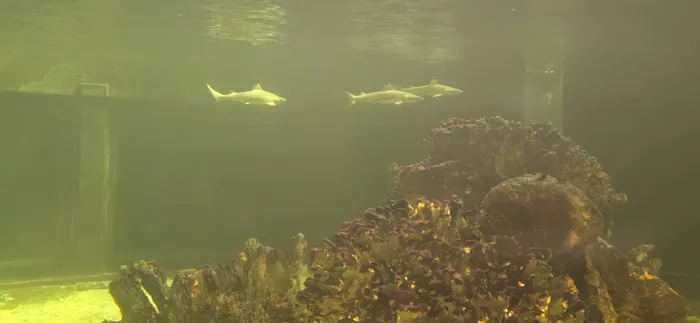
The National Zoological Garden has added three blacktip reef sharks to its collection. The sharks are currently listed as vulnerable on the International Union for Conservation of Nature (IUCN) Red List.
Image: National Zoological Garden
Blacktip reef sharks
Each shark travelled in a 1 000-litre plastic tank fitted with secure lids and connected to life support systems to ensure proper oxygenation while travelling. Upon arrival, they were carefully introduced to their new environment, gradually adjusting water temperature, salinity, and pH to ensure a smooth and stress-free acclimation process.
These sharks are currently listed as vulnerable on the International Union for Conservation of Nature (IUCN) Red List because in the wild, they face growing threats from habitat destruction and overfishing.
With the species listed as vulnerable, Rehse said the plan is not to breed, but to use the sharks as “ambassadors to create awareness of the threats to these species and our coastlines, and to inspire our visitors by showcasing the amazing diversity found under our oceans”.
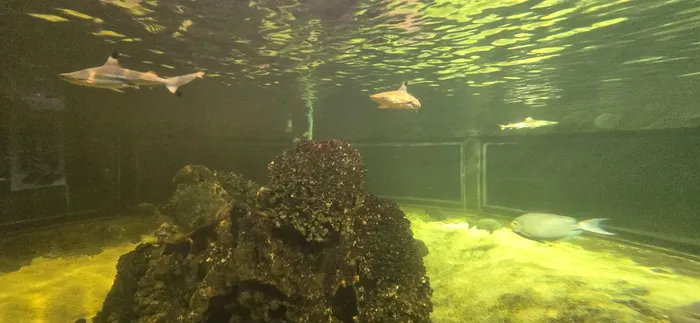
The National Zoological Garden has added three blacktip reef sharks to its collection. The sharks are known for their distinctive, black-tipped fins and speed.
Image: National Zoological Garden
The blacktip reef shark is a fast and agile species native to the shallow waters of the Indo-Pacific region. Known for their distinctive, black-tipped fins and remarkable swimming speed, these sharks are effective daytime hunters that often move in small groups, feeding on fish, crustaceans, and molluscs.
They typically live 10 to 12 years in the wild, but in well-maintained aquariums, they can live for over 20 years and grow to be 1.5 to 2 metres long.
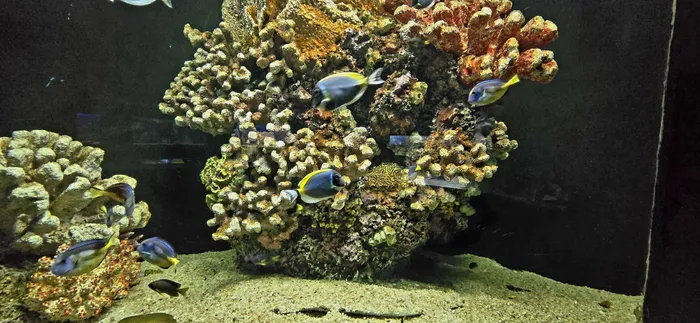
The National Zoological Garden has added 220 marine fish species like powder blue tangs, skunk-striped anemonefish, stars and stripes pufferfish, and green bird wrasse.
Image: National Zoological Garden
Marine fish
Along with the sharks were 220 marine fish, including striking species such as powder blue tangs, skunk-striped anemonefish, stars and stripes pufferfish, and green bird wrasse.
Each fish was individually transported in oxygen-rich marine water and carefully acclimated to their new habitat using controlled floating methods before joining the existing aquarium population.
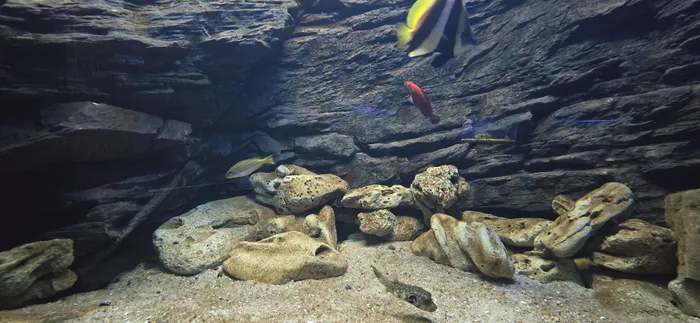
The National Zoological Garden has added 220 marine fish species like powder blue tangs, skunk-striped anemonefish, stars and stripes pufferfish, and green bird wrasse.
Image: National Zoological Garden
Rehse said the fish are found in tropical Indian Ocean waters. They thrive on the reefs, generally in shallow waters, and eat a variety of algae and invertebrates.
Unlike the sharks, none of the new fish are considered threatened.

The National Zoological Garden has added 220 marine fish species like powder blue tangs, skunk-striped anemonefish, stars and stripes pufferfish, and green bird wrasse.
Image: National Zoological Garden
thobeka.ngema@inl.co.za
Related Topics: